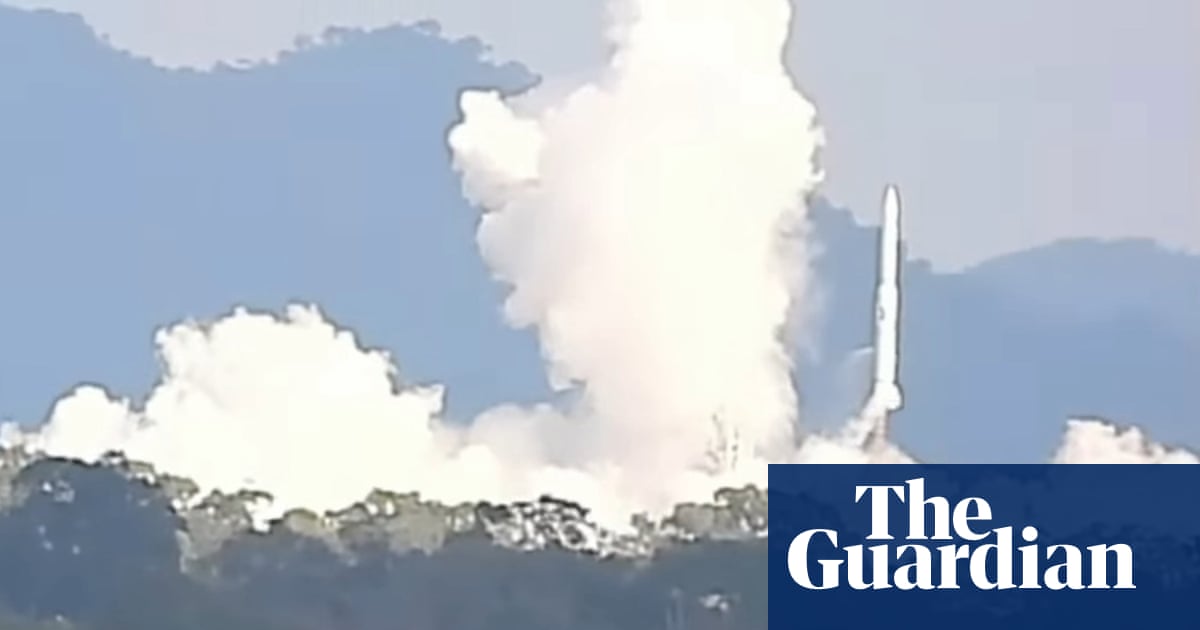Trump's Tariff Threats Shake Global Markets and Elicit Concern

Investors had begun to feel a sense of optimism as they observed what appeared to be a reduction in the tensions surrounding Donald Trump’s trade wars. Initial agreements with the United Kingdom and China seemed to suggest that the U.S. president was taking steps to reduce the highest tariffs the country has imposed in almost a century. However, this optimism was swiftly dashed when Trump made a startling announcement.
On Friday, Trump threatened to impose a staggering 50% tariff on goods from the European Union and a 25% tariff on smartphones from companies like Apple Inc. and Samsung Electronics Co. if they did not relocate their production facilities to the United States. This unexpected move sent shockwaves through global markets, causing equities to drop sharply and the U.S. dollar to fall to its lowest level since 2023.
Business leaders found themselves grappling with the harsh reality that the uncertainty stemming from Trump’s unpredictable policies might be a persistent feature of the economic landscape. Marcus Noland, executive vice president at the Peterson Institute for International Economics, noted, “Today’s news that Trump is threatening enormous tariffs on the EU and is singling out Apple as a firm are examples of what we should expect for the next two months, if not for the rest of the year. Peace has not broken out.”
During a press conference held from the Oval Office on Friday afternoon, Trump made it clear that he was “not looking for a deal” with the EU. He stated, “I just said it’s time that we play the game the way I know how to play the game,” indicating his willingness to take a tough stance even after securing a major legislative victory.
This week, Trump celebrated the passage of sweeping tax and spending legislation in the House of Representatives, an achievement he accomplished after a vigorous lobbying effort that ultimately brought enough Republican holdouts on board. White House officials had previously indicated that Trump was eager to finalize additional trade agreements with several major economies and expedite deals with others during a 90-day pause on his tariffs, which he had announced on April 2.
Some negotiations are reportedly nearing completion, with India being one of the countries mentioned. In an interview with Fox News on Friday, Treasury Secretary Scott Bessent reiterated that many deals are close to being finalized and labeled the EU as an “exception” in the current trade discussions. This sentiment was echoed by Commerce Secretary Howard Lutnick, who remarked earlier in the week that the EU has been “very difficult” to negotiate with.
Steve Bannon, a longtime ally of Trump, suggested that the president’s aggressive reaction may have stemmed from a perceived lack of progress on trade issues during a recent Group of Seven finance ministers meeting, especially in light of the swift agreement he had reached with the UK. Bannon warned that other countries without ongoing negotiations should be cautious, referring to it as a “storm warning.”
As the week came to a close, Trump reaffirmed his commitment to his tariff initiatives by endorsing a partnership between United States Steel Corp. and Japan’s Nippon Steel Corp., attributing the successful finalization of their long-awaited pact to his tariffs. This announcement coincided with discussions taking place between Japanese trade negotiators and U.S. officials in Washington.
In response to Trump’s tariff threats, the EU is preparing to implement countermeasures should negotiations fail to yield satisfactory results. The trade bloc has put together plans that could impose tariffs on up to €95 billion ($107 billion) worth of U.S. exports as a means of retaliation against Trump’s proposed levies. Earlier this month, European nations had agreed to pause retaliatory tariffs on American goods for 90 days in response to Trump’s 25% levies on steel and aluminum exports from the EU.
During an event organized by Axios, Lutnick expressed his belief that by summer, most countries would have a clearer idea of what the U.S. administration intends to do regarding tariffs. He reiterated that partners would likely not see their tariffs drop below a baseline of 10%. However, he also indicated that the White House remains open to negotiations. “If they’ve made us an offer worthy of modifying their tariff terms, we’ll do it. And if they haven’t, the president will write them a letter saying, ‘Dear Country A, we deeply appreciate doing business with you, here’s your tariff rate,’” he stated.
While Trump had suspended his higher tariffs announced in April, he maintained a 10% charge on most trading partners. Additional tariffs on steel, aluminum, and automobiles also remain in place, with Trump hinting at potential new import taxes on a variety of goods, including copper, semiconductor chips, pharmaceuticals, lumber, and aircraft parts. Such measures could significantly increase the overall effective tariff rate.
Despite this, Trump has demonstrated a willingness to negotiate on specific sector duties, as evidenced by the agreement reached with the UK to discuss new rates on metals. Analysts from Goldman Sachs Group Inc. have commented that while tariff levels remain uncertain, they are likely to stay elevated for the foreseeable future. Their research note predicted that the effective U.S. tariff rate would rise by 13 percentage points this year, hitting levels not seen since the 1930s.
However, Goldman Sachs also cautioned that the imposition of higher bilateral tariffs might not drive a significant increase in domestic production—one of the primary goals espoused by Trump. Meanwhile, trade discussions are progressing with other nations, including India, Japan, Vietnam, and Israel. Although there may be some short-term relief on the horizon, the overall threat of renewed trade disputes looms large across multiple countries.
Experts have pointed out that Trump’s tendency to issue sudden threats, even to countries with which the U.S. has existing trade agreements, casts doubt on the durability of any agreements he manages to establish. Noland remarked, “It’s really quite extraordinary that we had free trade agreements with some of these countries—Korea, Australia—and they’re just getting hit with tariffs. His willingness to tear up previous agreements and ignore them has to be highly concerning for other countries.”



























